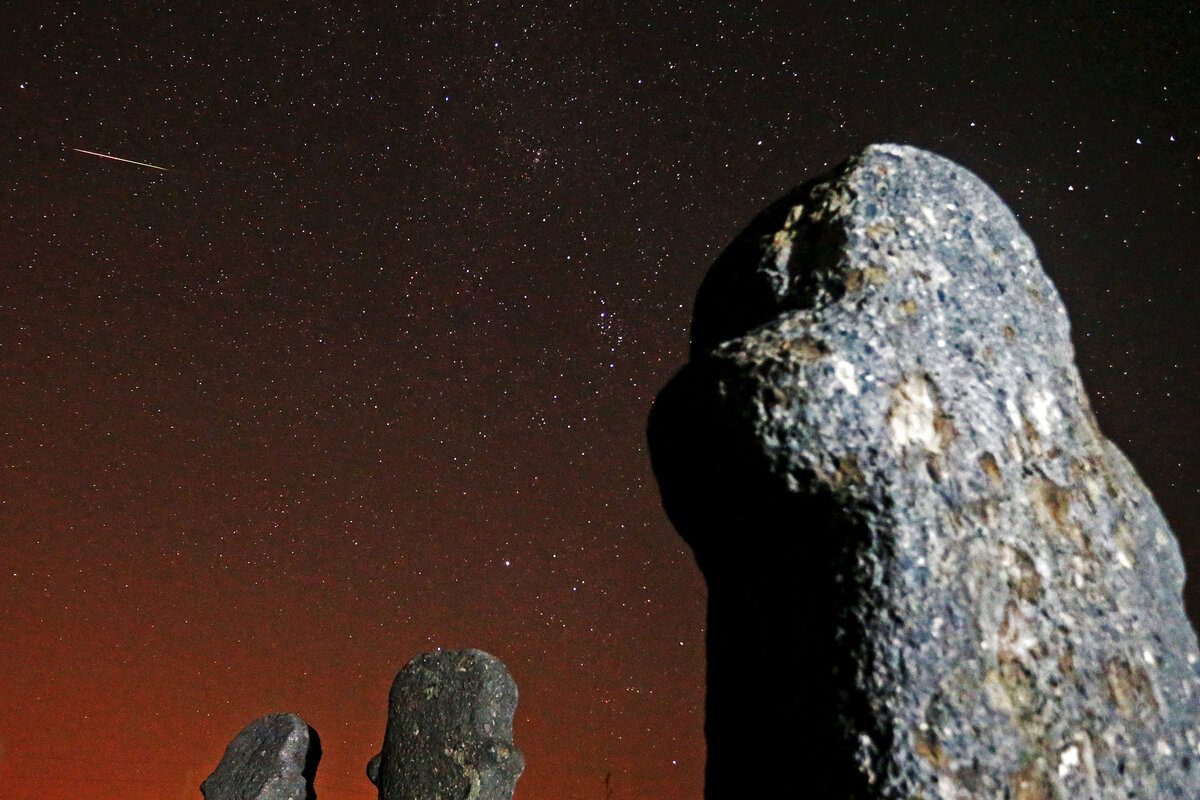Giant meteor hits Earth. Why no one saw it.
Loading...
If a fireball hits Earth, and nobody notices, is it still a news event?
The answer is yes, because scientists are increasingly tracking the space rocks and debris that enter Earth's atmosphere. The largest meteor since the 2013 impact in Chelyabinsk, Russia, hit Earth on Feb. 6, and has ensured the news went public eventually.
How did such a large object collide with Earth without attracting notice? The truth is that it happens much more frequently than many people might think. NASA tracks an average of , but since 70 percent of the planet's surface is largely uninhabited water, most go unnoticed, Brid-Aine Parnell reported for Forbes.
The Feb. 6 fireball fell into the ocean off the coast of Brazil and released energy roughly equivalent to 13,000 tons of TNT. This is significantly less than the Chelyabinsk impact, which injured more than 1,000 people with the equivalent of 500,000 tons of TNT, but it was at least 26 times as powerful as any of the three impacts NASA reported in February 2015.
Tracking the path of what NASA calls "near-Earth objects" is an uncertain science, but it has made progress in recent years. NASA set up the Planetary Defense Coordination Office in January and in doing so increased the budget for tracking asteroids and near-Earth objects to $50 million, up from $4 million in 2010, the first year Congress and the White House identified the project as a priority. NASA each year, according to its website.
Despite this effort to track space rocks and warn the public, scientists can still miss impacts. They failed to predict a fireball that exploded over Thailand in September because it was too small to attract attention, Lisa Suhay reported for ���Ǵ���.
"For sporadic fireball meteor events like this one, there is no warning sign,” Mike Hankey, operations manager, told ���Ǵ���. “They happen too quickly. In the case of this meteor, since it happened during the day, it was traveling away from the sun, which would make it impossible to detect with telescopes."
Often what falls is not a meteor but rather a piece from an old satellite or space shuttle that has orbited the Earth for months and even years before falling, ���Ǵ��� wrote:
Bits of space junk fall from the sky intermittently as an estimated 500,000 pieces of debris continues to clutter the area of "near space" around the Earth. Although space is vast and mostly empty, the "near space" immediately surrounding Earth is increasingly crowded. NASA larger than a softball from satellites and missions past. . . .The US Air Force and NASA can only track the larger pieces, however, and tiny pebbles can also damage the International Space Station and orbiting vehicles.
Whether it is space debris or a space rock, the increasing level of monitoring ensures that even unnoticed objects receive some attention.





